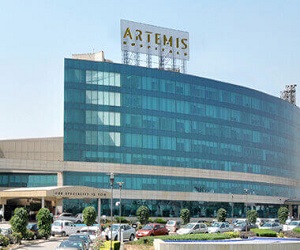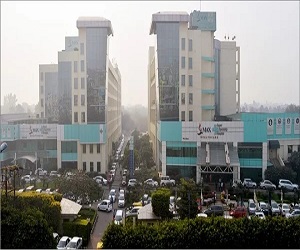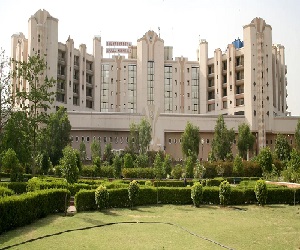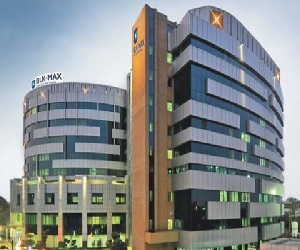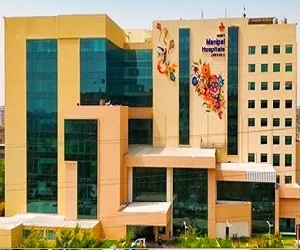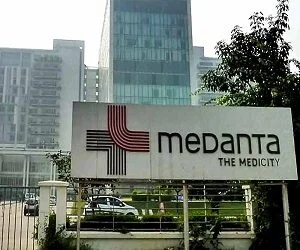The septum is like a wall inside the heart that separates its chambers. Its job is to keep the oxygen-rich blood on one side from mixing with the less oxygenated blood on the other side. When there’s a hole in this wall, it can disrupt the normal flow of blood into or out of the heart.
What are VSD and ASD?
VSD, or Ventricular Septal Defect, happens when the wall between the lower chambers of the heart doesn’t close properly at birth, causing a hole. ASD, or Atrial Septal Defect, is a congenital heart condition where a hole occurs between the upper heart chambers at birth.
Symptoms of VSD and ASD
The symptoms of ASD (Atrial Septal Defect) and VSD (Ventricular Septal Defect) can vary depending on the size of the hole and other factors. However, some common symptoms for each condition may include:
Symptoms of ASD:
- Fatigue
- Shortness of breath, especially during physical activity
- Frequent respiratory infections
- Heart palpitations or irregular heartbeat
- Swelling of the legs, feet, or abdomen
Symptoms of VSD:
- Rapid breathing
- Difficulty feeding or poor weight gain (in infants)
- Fatigue
- Sweating, especially during feeding (in infants)
- Rapid heartbeat
- Frequent respiratory infections
- Bluish tint to the skin, lips, or nail beds (cyanosis)
It’s important to note that some individuals with ASD or VSD may not experience any symptoms, especially if the hole is small. Additionally, symptoms can vary widely from person to person. If you suspect your child has symptoms of ASD or VSD, it’s essential to consult a healthcare professional for an accurate diagnosis and appropriate treatment.
Diagnosis of VSD/ASD
Most defects are detected either before or shortly after birth, but there are cases where the defect remains unnoticed for years.
- Echocardiograms: Echocardiograms track blood flow and valve activity within the heart. For unborn babies, fetal echocardiography is employed.
- Chest x-ray: A chest X-ray provides insights into the chest and lung condition, aiding in the assessment of lung health and potential heart enlargement.
- EKG or ECG: An EKG or ECG helps detect potential arrhythmias.
- MRI or CT: MRI or CT scans may be utilized when previous tests are inconclusive, providing a definitive diagnosis for ASD.
- Cardiac catheterization: Cardiac catheterization involves inserting a thin, flexible catheter through the groin or arm to assess potential heart defects or valve issues. This procedure is commonly employed to diagnose VSD.
- Pulse oximetry: Pulse oximetry measures oxygen levels in the blood, aiding in the diagnosis of VSD.
Treating VSD/ASD
Doctors often monitor smaller VSDs at birth as they may close over time. Regular observation allows for ongoing assessment and determines if further medication or treatment is necessary.
- Depending on the severity, medications to reduce fluid circulation like diuretics are used.
- Surgical repair involves an open-heart surgery where patches or stitches are used for closing the hole.
- Catheterization is where a catheter is inserted through the arm or groin and guided to the hole where a special mesh is used to patch up the hole.
ASD/VSD Closure Surgery cost in India are as follow
| Treatment | Cost in USD | Hospital Stay |
| ASD/VSD Closure Surgery | 7500-9500 | 3-5 Days |
| Pediatric Heart Surgery | 2500-3000 | 5-7 Days |
| Cardiac Tumors in Children | 9500-11500 | 7-10 Days |
| PTCA Percutaneous Transluminal Angioplasty | 2000-2500 | 1-2 Days |
| PTCA Percutaneous Transluminal Angioplasty | 3000-3500 | 1-2 Days |
Frequently Asked Questions
Q: How Long Does the ASD/VSD Closure Procedure Take?
A: The ASD/VSD closure procedure typically takes around 1 to 3 hours.
Q: Will I Need to Stay in the Hospital After ASD/VSD Closure?
A: The duration of hospital stay after ASD/VSD closure surgery varies. In many cases, patients may need to stay for a few days post-procedure, while others with smooth recoveries may be discharged sooner.
Q: Can ASD/VSD closure surgery be performed using minimally invasive techniques?
A: Yes, ASD/VSD closure surgery can often be performed using minimally invasive techniques.
Q: How do I choose a hospital and surgeon for ASD/VSD Closure in India?
A: Kindly share your report

